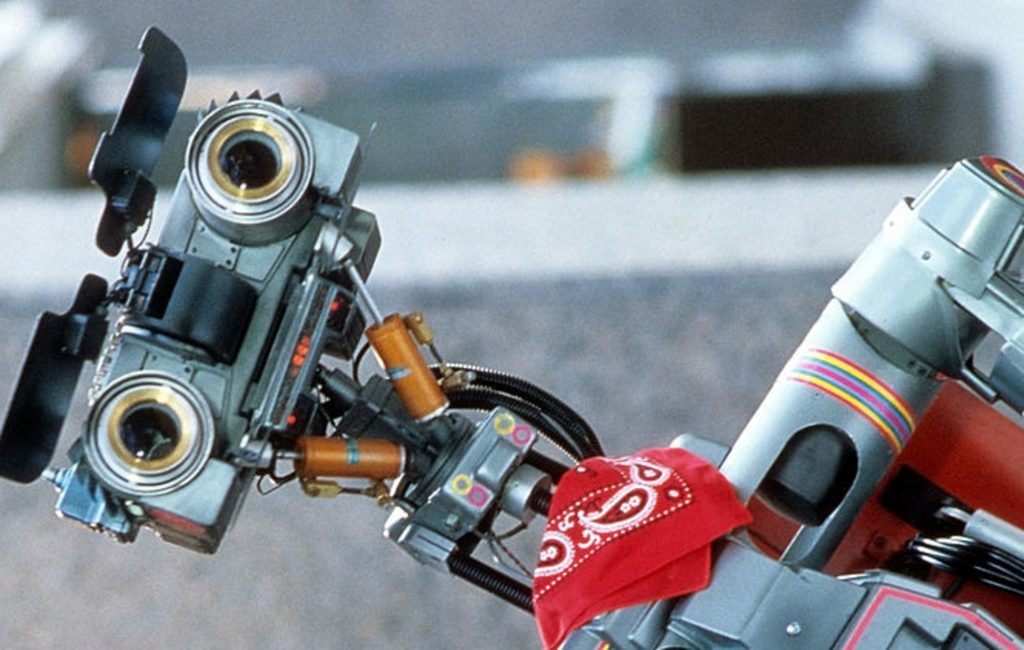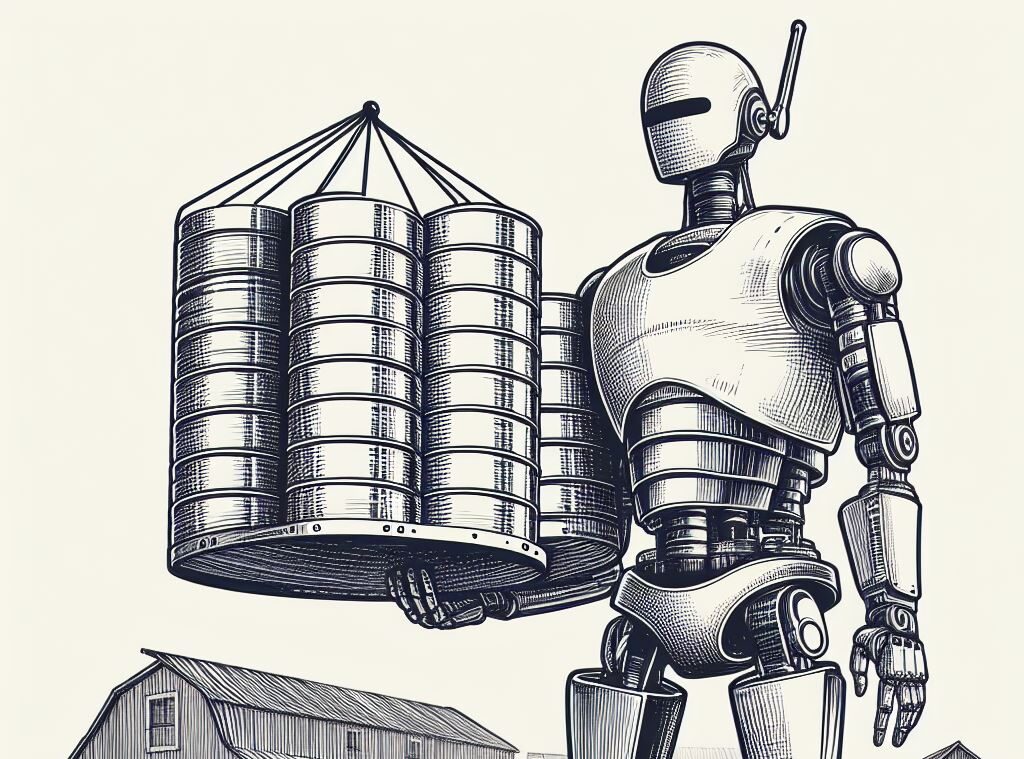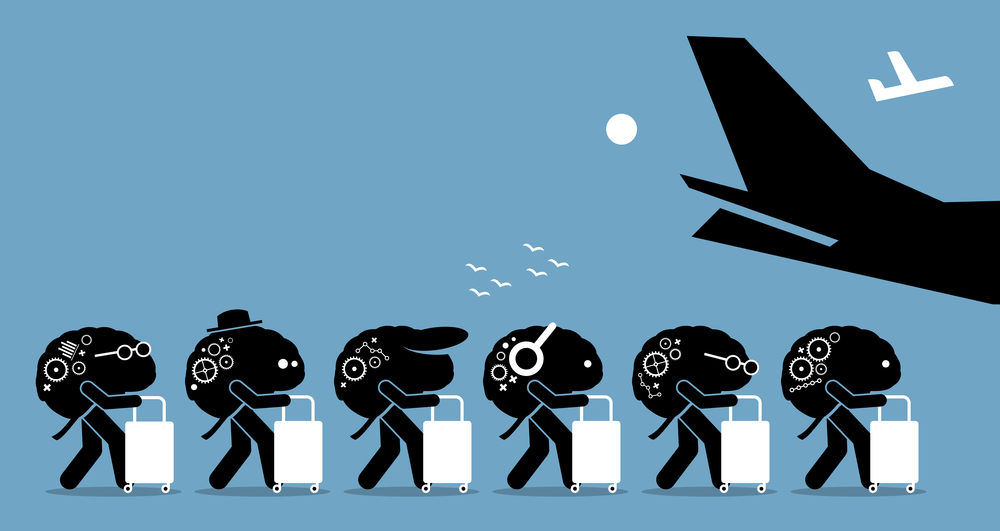
Even as new technologies are developed, innovation around the application of existing technology is rapidly changing how organisations operate and how we interact with the world. Leaps in computing capacity, data capture and connectivity are accelerating these changes.
2022 has been quite the year for digital. The metaverse is here. Everyone is talking about Open AI’s ChatGPT. AI, AR and Blockchain have continued their march forward. Automation has made significant advancements and IoT opportunities are being realised at greater scale.
Our leadership team share their individual thoughts on what’s worthy of keeping an eye on in 2023.
Ben Dexter: Chief Innovation Officer
For many businesses, 2022 has been a year of doing more with less. The net impact of this has changed the conversation with C-suite technology leaders towards getting the best value out of technology stacks: realising the full potential and value of existing tech stacks, rather than making wholesale transformational changes to technologies and processes.
Where the thought of swapping out an eCommerce or embedded marketing automation platform in a traditional CMS or DXP would have previously been unrealistic, arduous and expensive, the trend towards composable architecture is already changing the fundamental strategy for enterprises as they seek to better equip teams for an increasingly dynamic digital marketing and eCommerce environment while optimising tech spend.
Demand for composable web architecture is an excellent indication of enterprises seeking a solution for building digital marketing and commerce solutions using best-of-breed technology within a flexible stack rather than the traditional monolithic DXP/CMS platforms. We have helped a range of clients transition to composable architecture as well as help them rapidly retool particular functions within their composable stack to ensure teams can better deliver on their organisation goals.
Of course, doing away with traditional CMS operations will not suit all digital teams. With this in mind, the CMS/DXP vendor market has responded by releasing Hybrid SaaS solutions combining both full-featured authoring tools and headless technologies (eg. Kentico Xperience and Optimizely).
Businesses considering digital transformation in 2023 have an interesting decision on their hands: traditional hosted CMS/DXP, Hybrid SaaS, Headless or Composable.
Naturally, discussions around the extensibility of content and commerce platforms invariably turn to Customer Data Platforms. Indeed, digital enablement through data analytics, customer segmentation, personalisation and automation is on the tip of many C-Suite tongues. It may be safe to assume that startups and SME’s will be looking for cost effective solutions to deploying effective CDP strategies to better personalise digital experiences across all devices.
Gracie Musngi: Head of Delivery
2023 is about bringing the focus back to business. Technology is an incredible enabler of change however it should not be the driver of that change. In a technology landscape that is evolving so quickly, leaders need to stay focused on their business and need to make smart bets to solve real-world business problems that keep customers, employees and shareholders front and centre.
Ensuring robust and trusted communication channels between technical teams and decision makers will be more important than ever in 2023 as we see continued expansions in emerging technologies and the opportunities being created (AI, machine learning, blockchain etc..) whilst seeing no shortage of headlines when things go wrong (thank you Optus, Medibank and more).
We need to see a focus on improving how non-tech leaders get involved in the conversation and improvement in how the technical teams communicate with those leaders.
All leaders need to take ownership and accountability for the success of technology investments, and the governance structures need to support and enable this. It’s no longer OK for non-tech business leaders to excuse themselves from the technology discussion.
Likewise, technical and program leads need to do a better job translating complexity into plain speak that allows for robust discussions on the opportunities and risks facing the business.
Organisations that embrace the upside of technology and protect from the downside will be organisations that have clear structures and governance, ownership and accountability from the top down, and a clear investment strategy driven by business fundamentals (not the Gartner hype curve!).
Sunil Jain: Head of Online Marketing
As the year draws to a close, we have a lot to reflect upon, and even more to look forward to. While little changed in paid search management on a year-to-year basis a decade ago, the pace of change now is unprecedented.
We observe the following trends that will govern paid marketing at Google in 2023:
- Automation and Machine Learning: As ML matures, with bigger and better data sets available, we find additional opportunities coming up to automate paid marketing. Google offers different options to automate bidding, like ‘Maximise Clicks’ or ‘Maximise Conversions’. We can also run ‘Smart’ campaigns, in which most of the work is done by AI, based on our initial input.
- Expanded Search Ads to Responsive Search Ads (RSA): The latter is the default ad type for Google campaigns now. We can create multiple headings and Descriptions for our RSAs. Google will use permutation and combination to churn out thousands of ads using them. It will automate A/B testing and display ads that perform best.
- Performance Max Campaigns (P. Max): Google is promoting P. Max campaigns in a big way. It has discontinued individual campaign formats like Local Campaigns and Smart Shopping campaigns. It offers automated P. Max campaigns instead, which can include both. Gmail Ads are now served as a part of P. Max campaigns only.
- Audio Ads: Google is facilitating creation of Audio ads along with Video ads. While video ads are already very popular, audio ads are slated to be the next big thing. They are easier to produce and can be served for voice search, which is seeing exponential growth.
Stephen Rollestone: Head of Creative
I think 2023 will be an exciting year. The developments in Artificial Intelligence (AI) throughout 2022 have outpaced us all and 2023 will be the year that the market starts to capitalise on it. What I’m keeping my eye on is the Augmented Reality (AR) / Virtual Reality (VR) space, I believe 2023 will be the year that makes or breaks the technology as a consumer product (or at least set the tone for its future). The reason for this thought is that astronomical rise of AI, the potential of AI integration with AR experiences is exciting. The ability to have a device pre-empt our thoughts based on what we are seeing, where we are geographically, what time of day it is, and our past behavioural patterns is seemingly in reach. Mix this with the generally less intrusive hardware AR requires (at minimum a smart phone), and the ability to overlay information in real time over the physical environment, will probably result in the tech leading the way over VR. With this in mind, I would encourage businesses in 2023 to look into how AR could benefit their company and their consumers.
Venkat Veerasamy: Head of Transformation, D365
Businesses are focussing on improvising their internal processes and customer service and they look for ways to achieve these goals in a timely manner without disrupting the business. The reliance on software applications and tools that would assist organisations to manoeuvre is higher than in the past. Companies like Microsoft have developed products to cater for all sorts of businesses. Microsoft Dynamics D365 drives organisations to drive and deliver more consistent and personalised engagement and service. With the new introduction of Azure Health Data Services, medical organisations will now be able to unify disparate clinical imaging and medical data. This would normalise data from different systems and integrate insights into the clinician workflow.
More AI company acquisitions from Microsoft is shaping up the AI tools in the Microsoft stack. This will provide a significant advantage in the areas where repetitive work can be automated and expedited using the latest AI technologies.
With the power platform, it has already become the leading business process automation tool in every industry. More businesses will be looking at adapting power platforms to elevate their businesses to the next level. As power apps provide an apt platform to overcome the bottlenecks and improve operational efficiency for businesses, the shift towards such tools will be higher in 2023 and forward. The future of power apps is getting developed, considering business domain experts. This means the option for both professional developers and subject matter experts to work together and build an app in real time. This will be an interesting journey to look forward to and there are endless possibilities for growing the business.
David Ziguras: Head of Development, PHP
Traditional CMS platforms handle the creation, storage and display of content using a single integrated application focused primarily on the web, but content creators are increasingly looking to make content available across multiple channels or services.
Headless CMS APIs allow delivery of content to mobile apps and other services directly from the same backend as the web.
A headless CMS allows content management to be decoupled from content presentation, allowing for a wider range of tools and languages to be used for the front-end implementation. Fewer dependencies between front end and back-end systems also allows for greater flexibility in project timelines as teams can work more independently and simultaneously. It also allows for greater freedom to integrate a variety of microservices such as email, analytics, marketing automation and forms without being locked into specific tools provided by an all-in-one CMS.
Serverless computing providers such as AWS Lambda, Google Cloud, and Microsoft Azure Function provide backend services on an as-used basis and offer benefits of lower management costs and increased speed to market as well as reduced complexity for backend code and simplified scalability. Growth of serverless applications should continue in 2023.
Tanya Bhattacharya: Head of Organic Search
With the explosion in short-form video content popularity on social platforms like TikTok and Instagram, visual content will become an integral part of SEO strategy in 2023. Google Image Search has been gaining popularity over the past few years, and now Google is starting to prioritise short-form video content for mobile search pages.
Content is still the King and will continue to reign in 2023. E-A-T (Expertise, Authoritativeness and Trustworthiness) signals and user experience will continue to impact search rankings. Google algorithm updates in 2022 prioritised human-first content and with MUM (Multitask Unified Model) Google is trying to reduce the number of steps or searches required to answer complex queries. Updating existing content and creating informative and comprehensive pieces that are “one stop shop” on a particular topic will see improved search rankings in 2023.
2023 will also see a rise in voice search and conversational queries. Alexa, Siri, Google Home, Cortana, and many more voice assistants are used by millions of people worldwide. Because of the convenience, simplicity, usability and personalisation, this trend will continue to grow and hence will become a new standard of optimisation for brands looking to grow their visibility in SERPs.
Nathan Sinnott: CEO & Founder
Employers are facing a new and important leadership challenge. Balancing the flexibility offered to each team member, with the needs of the team, and work towards the greater good of the organisation so that creativity, diversity and productivity can thrive. Attracting and retaining the right talent while acknowledging that the team is helping future-proof the business is crucial. It’s time to take a fresh look at the employee value proposition.
Digital experiences are gaining pace faster than ever before. Those one percenters are now more important than ever. Ambitious organisations are asking for assistance with crafting unique, targeted and elegant experiences that go beyond simply providing a traditional path to commerce.
Digital maturity matters now more than ever. With the market constantly evolving, it is no longer enough to stay put and hope for the best with traditional efforts. Digitally mature organisations readily take advantage of and respond to changing customer demands and market dynamics influenced by technology.
And finally, building supply chain resilience is more important than ever. Having the ability to stand up to disruptions, continue business as usual activities and continue growing will be underpinned by wise technology selection and implementation decisions. As businesses adapt to the new normal, they must future-proof their supply chains by reducing complexity and uncertainties. Increased digitisation and advanced technologies will play a critical role in managing supply chains moving forward. Through digital transformation, companies can achieve these benefits.
Partha Mitra: Head of Technology
2022 has been the year for ideation to materialise through rapid development as a result of automated, low code platforms. This shift has offered developers greater time efficiencies while allowing fast build & test cycles for entrepreneurs and technical executives.
Platforms and tools such as PowerAutomate and Zaiper are great examples of low-code solutions that offer rapid development easy to use existing workflows and simpler integrations. PaaS such as Cloudflare pages, allow teams to build and deploy applications on a world class platform at a fraction of the cost and time effort of creative and technical teams. Services such as Builder.io allow code deployment right from Visual tools like Figma, often skipping the need for significant coding hours and jumping the queue to launch windows.
I am excited for 2023, expecting to see growth in technical innovation and ideas for product development, which I believe will manifest as plenty of young entrepreneurs testing their new business ideas, experimenting and tweaking as they go more than we have seen in the past.
AI will of course loom large in 2023. That’s not really news to anyone. Expect it to play a role from simple tasks like data entry to more complex tasks such as customer service or even decision-making. Github copilot AI is already helping developers by autocompleting their code. AI tools are booming widely, from copywriting, to fashion advice (Amazon’s Echo Look) to analysis.
Some may wonder if tech jobs are at risk but I don’t believe they are. Instead, I see greater demand and a shift to a trend of a faster, better and more productive world.
The team at Newpath are looking forward to celebrating the festive season with our loved ones and getting ready to jump into 2023 with both new and existing clients. Our talented team would love to chat with you if digital transformation or new digital experiences are on your radar for 2023.





